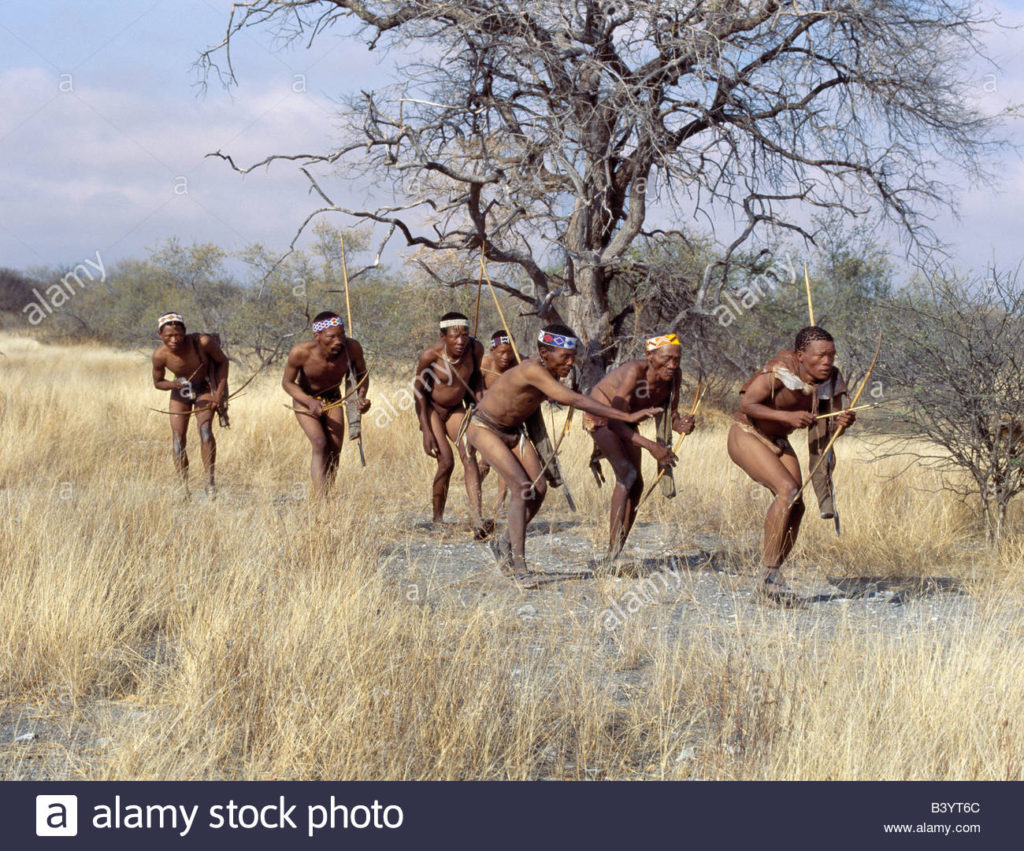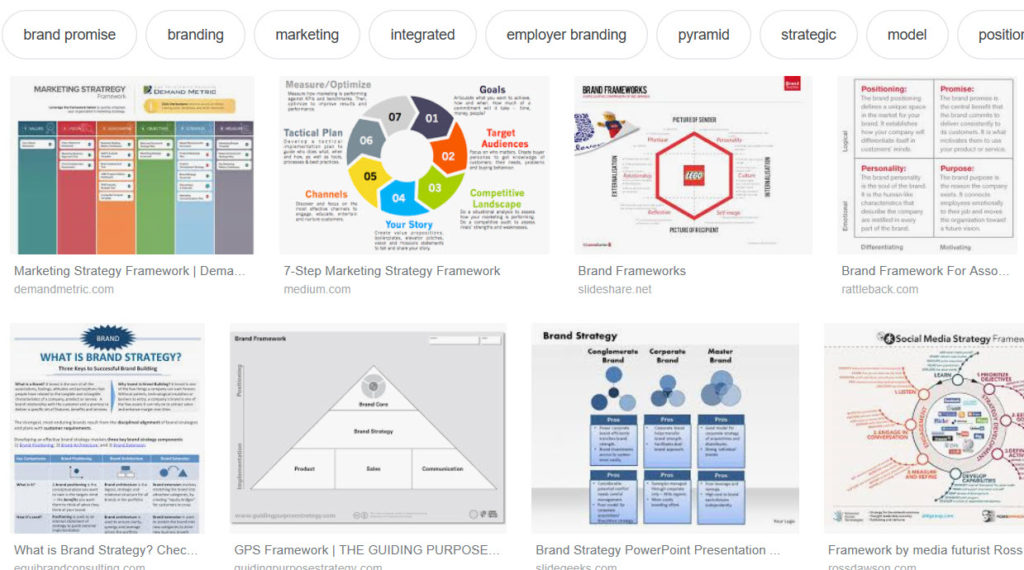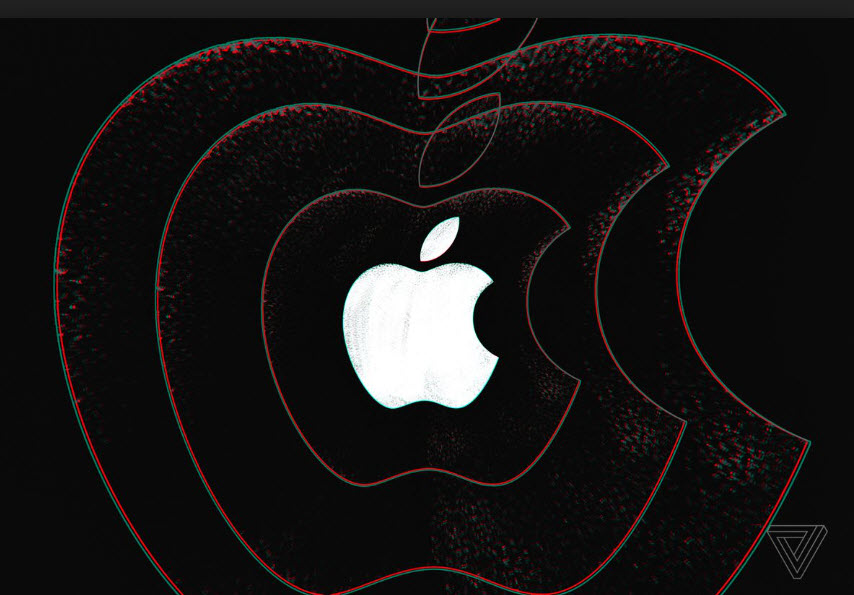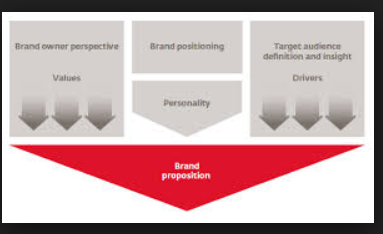Brand Around The Love.
I choose to be a lover when it comes to brand strategy, searching for the love of product and service when interviewing consumers and marketers. One of my favorite discovery questions has to do with pride. One day while commuting to NYC on the Long Island Rail Road I noticed the amazingly shiny shoes of the conductors – all of whom were in uniforms. I asked the conductor about the shoes and he explained that sparking shoes was part of the uniform. It was a pride thing. Who knows what Nikes conductors are wearing today but a couple of decades ago it was a thing.
Another question I like to ask in discovery is “What is the nicest thing someone has ever said to you about your job…or the job you’ve done?” Brand building is best constructed on love.
Marketing, on the other hand, often is about negatives. Competitor negatives. Take for instance the new Bud Light campaign against the ingredient corn syrup. All-in negative. Good marketing. Good advertising. But probably bad for the pasteurized beer market overall. Another classic negative marketing play was Wendy’s “Where’s the beef?”
Brand strategy, when based upon love, can overcome any negative marketing tactics or campaign ploys. But the negs should be monitored because they can drag down the love. (Politics anyone?) Monitoring should be done via a longitudinal attitude study, something I recommend for all clients.
Plan your brand about the good stuff and compete with the negatives, but don’t get carried away.
Peace.










